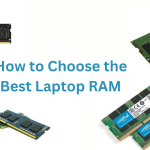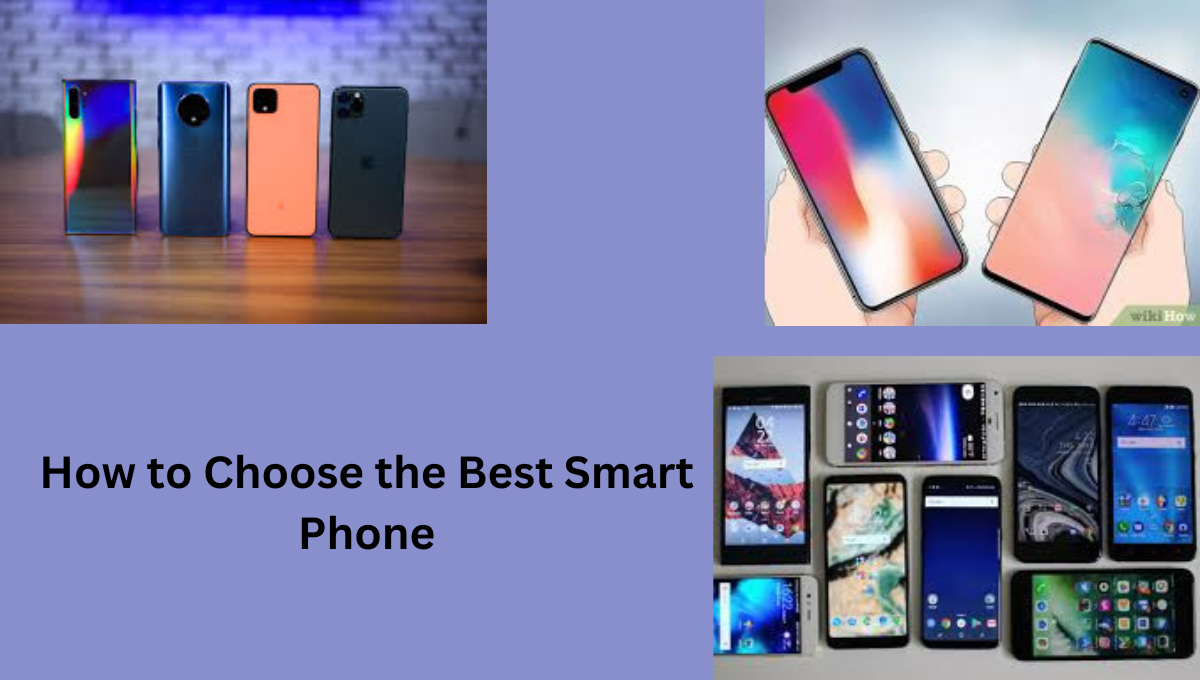How to Choose the Best Smart Phone
How to Choose the Best Smart Phone : Choosing the best phone can be a daunting task given the plethora of options available in the market. Whether you’re looking for a device for gaming, photography, or just everyday use, there are several factors to consider to ensure you get the best value for your money. Here’s a comprehensive guide to help you choose the best phone for your needs.
Identify Your Needs
1. Primary Use
If you need a phone for calling, texting, and occasional web browsing, a mid-range or budget smartphone will suffice.
Photography: If you love taking photos and videos, look for a phone with a high-quality camera system, including features like optical image stabilization, night mode, and multiple lenses.
Gaming: For gaming, you’ll need a phone with a powerful processor, ample RAM, and a high refresh rate display.
Professional Use: For business and productivity, consider a phone with robust performance, long battery life, and features like split- screen multitasking and secure file management.
http://How to Choose the Best Smart Phone
2. Operating System
iOS: iPhones are known for their smooth user experience, regular updates, and strong integration with other Apple devices. They are a good choice if you value a cohesive ecosystem.
Android: Android phones offer a wide range of customization options and come in various price ranges. They are good choice if you prefer flexibility and a broader selection of devices.
Key Specifications to Consider
1. Processor (CPU) and Performance
The processor determines the speed and efficiency of the phone. Look for the latest processors for the best performance:
Apple: A14 Bionic, A15 Bionic.
Qualcomm: Snapdragon 888, Snapdragon 870.
Samsung: Exynos 2100, Exynos 1080.
For gaming and heavy multitasking, choose a phone with a high- end processor.
2. Memory (RAM)
RAM affects the phone’s ability to handle multiple applications simultaneously. More RAM ensures smoother performance:
Basic Use: 4GB to 6gb
Moderate Use: 8GB
Heavy Use/Gaming: 12GB or more.
3. Storage
Consider how much storage you need for apps, photos, videos, and other files:
Basic Use: 64GB to 128GB
Moderate to Heavy Use: 256GB or more.
Some Android phones offer expandable storage via microSD cards, which can be beneficial if you need additional space.
4. Display
The display is one of the most important features as you’ll interact with it constantly:
Resolution: Look for Full HD 1080p or higher for sharp visual. Quad HD 1440p or 4K displays offer even better clarity.
Refresh Rate: Higher refresh rates 920 Hz,120Hz provide smoother scrolling and better gaming experiences.
Type: AMOLED and OLED displays offer vibrant colors and deep blacks compared to LCDs.
5. Camera Quality
For photography enthusiasts, the camera system is a crucial consideration:
Megapixels: Higher megapixels can result in more detailed photos, but other factors like sensor size, aperture, and software optimization also play significant roles.
Lenses: Look for multiple lenses, wide-angle, ultra wide, telephoto, macro for recording are valuable features to have.
6. Battery Life
Battery life is essential for ensuring your phone lasts through the day:
Capacity: Look for phones with a battery capacity of 4000mAh or higher.
Charging: Fast charging and wireless charging support are convenient features.
7. Build Quality and Design
Consider the phone’s build quality and materials glass, metal, plastic. Premium materials like glass and metal offer a more luxurious feel but can be more fragile.
Design preferences are subjective, so choose a phone that appeals to your taste and is comfortable to hold.
8. Software and Updates
Regular software updates are important for security and new features. Apple provides consistent updates across all devices, while Android updates depend on the manufacturer and model.
Consider the phone’s user interface and whether it offers features you find useful.







